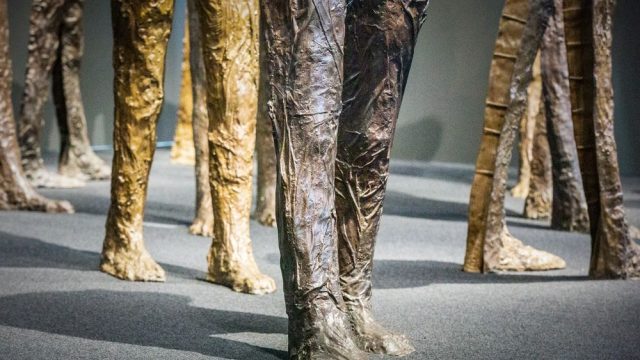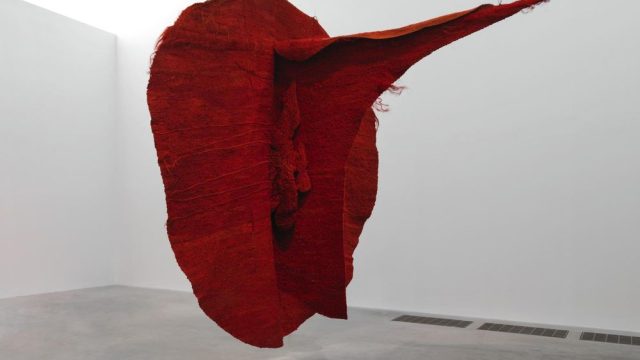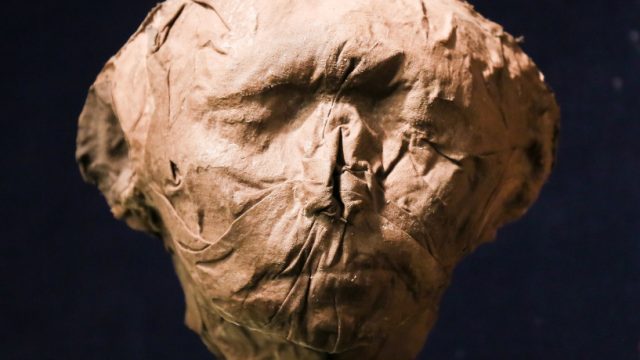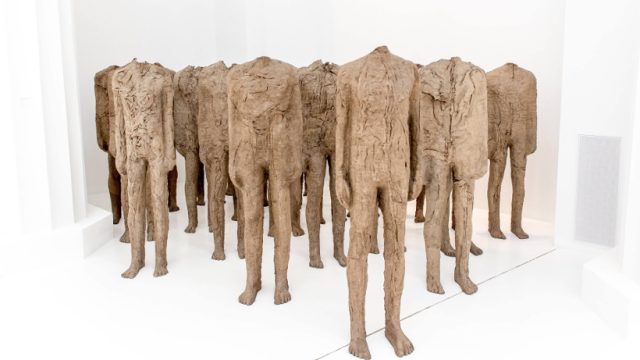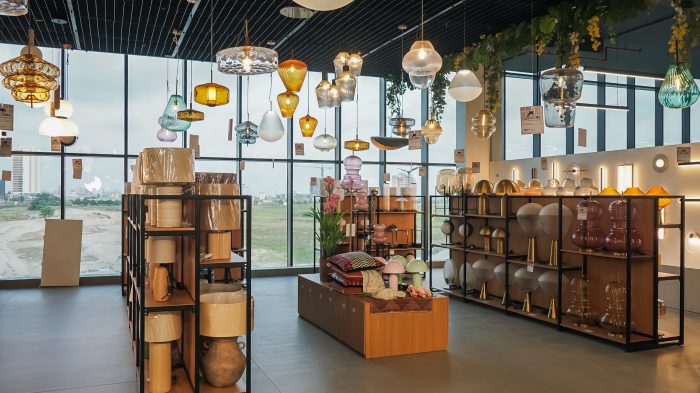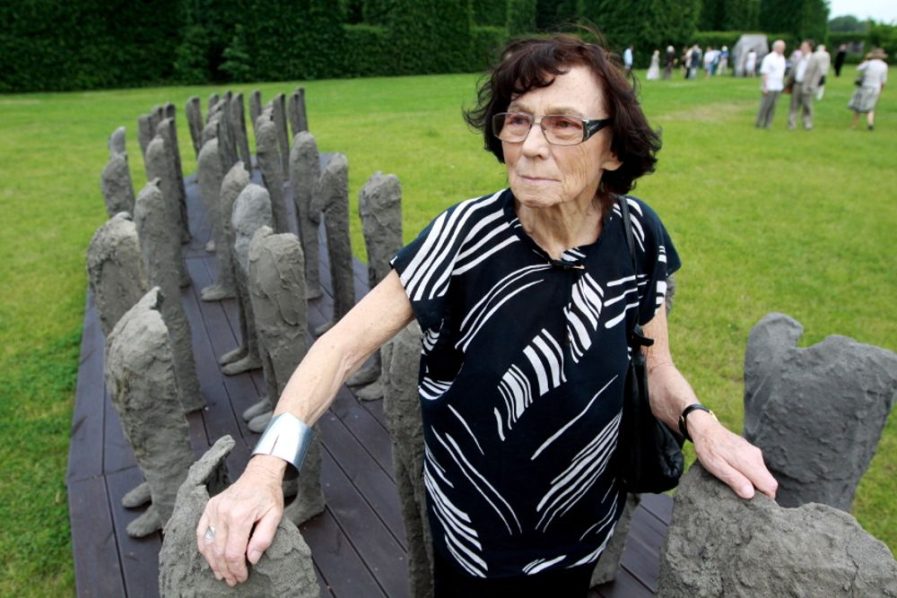
Renowned Polish Sculptor Magdalena Abakanowicz, recognized for her vast hanging sculptures crafted from organic materials, found her artistic inspiration in the memories of her childhood. Exploring the forests near her home as a solitary child, Abakanowicz would collect natural debris and ingeniously interconnect her findings into crude objects, which she would carefully preserve at home.
[ad]
Abakanowicz, who passed away in 2017 at the age of 86, also emphasized the significance of childhood hiding places and the sense of security she experienced while cocooned within the natural spaces she discovered in the forest or within her own abode.
The act of molding materials with her hands became a pivotal element of her later artistic practice, representing a direct connection between the artist and her chosen mediums.
In the 1960s, Abakanowicz ventured into the realm of three-dimensional art. Her colossal, organic forms, neither tapestries nor sculptures, appeared as remnants from a forgotten era. These structures, known as the ‘Abakans,’ were meticulously woven together using a variety of natural materials. While seemingly lifeless, they possessed an eerie ability to grow and engulf exhibition spaces, enveloping visitors in their enigmatic presence.
These unprecedented artworks defied categorization, existing in a realm of their own as the art world embraced the commercialism of pop-art and the sleek minimalism of the 1970s. Abakanowicz’s creations persisted, evoking a sense of awe and wonder.
While internationally recognized for her more figurative works, such as the human-like ‘shells’ that emerged in her creations during the early 1970s, Abakanowicz’s artistic repertoire expanded further. These sackcloth casts, coated in resin or glue, were presented in groups rather than as individual pieces.
For instance, the composition ‘Backs’ (1976-80) featured eighty headless, seated figures arranged in rows across the gallery floor. The absence of interaction among the hunched figures conveyed a profound sense of desolation and solitude, making it impossible to perceive these figurative group works as a positive portrayal of humanity.
Throughout the 1980s and 1990s, Abakanowicz delved into casting monumental sculptures using bronze, stone, concrete, and wood. Among her powerful outdoor installations from this period, ‘Space of Becalmed Beings’ (1992-3) stands out.
Commissioned by the city of Hiroshima to commemorate the 50th anniversary of the atomic bomb’s devastation, this piece features 40 partial figures positioned as silent reminders of the lives lost. It also provides a space for quiet contemplation.
Born in 1930 in the village of Falenty, located approximately 15 kilometers southwest of Warsaw, Abakanowicz hailed from a lineage connecting Polish nobility and the 13th-century Mongol leader, Abaqa Khan, on her father’s side.
Examples of Abakanowicz’s extraordinary works can be found in esteemed institutions such as the Metropolitan Museum of Art in New York, Centre Georges Pompidou in Paris, the Ludwig Museum in Koln, and numerous other prestigious private and public collections worldwide.
[ad unit=2]

